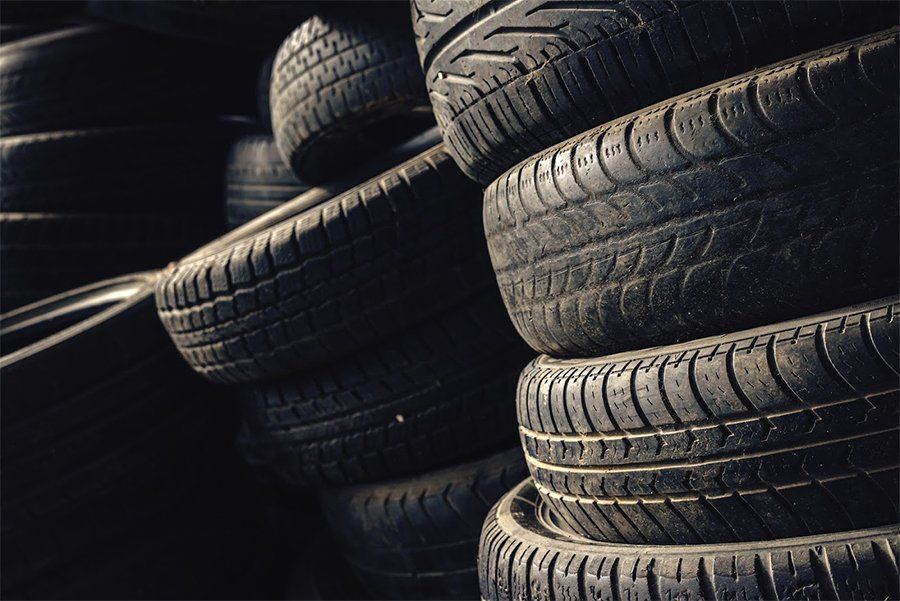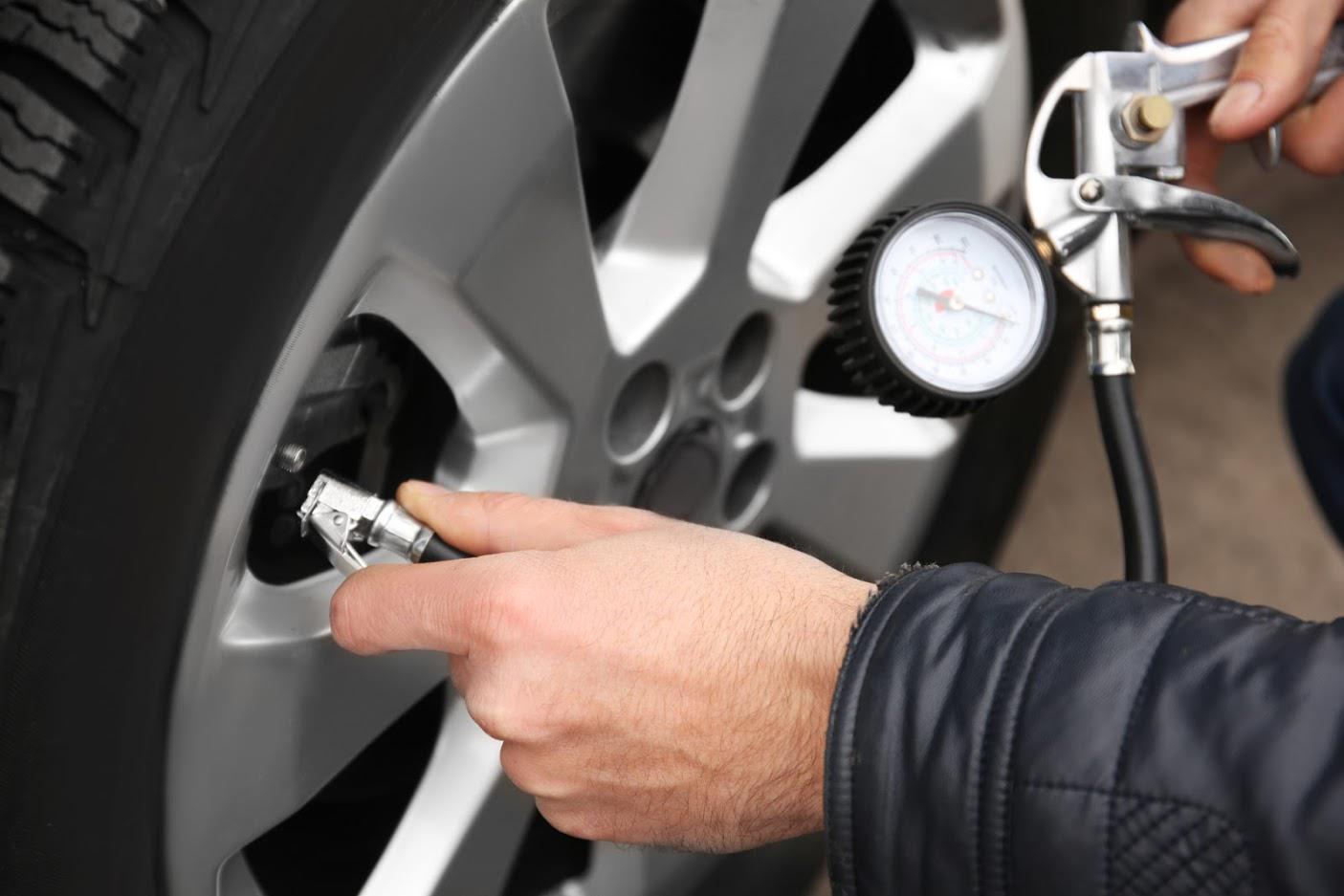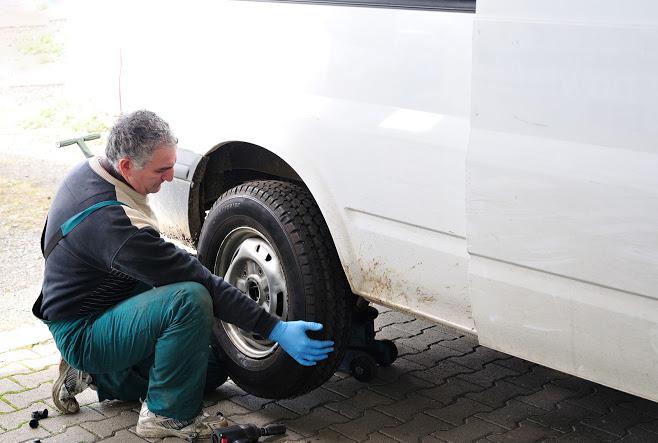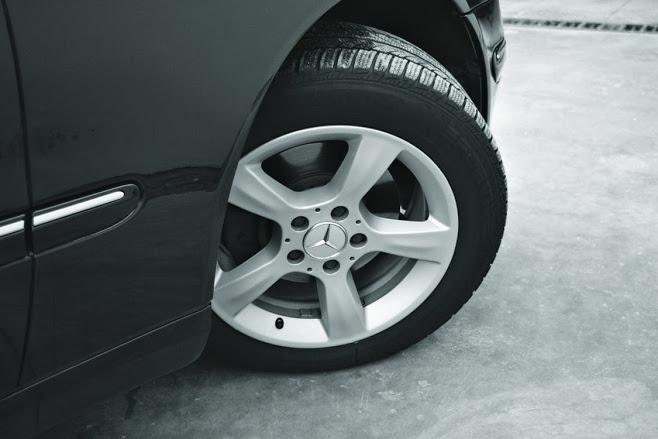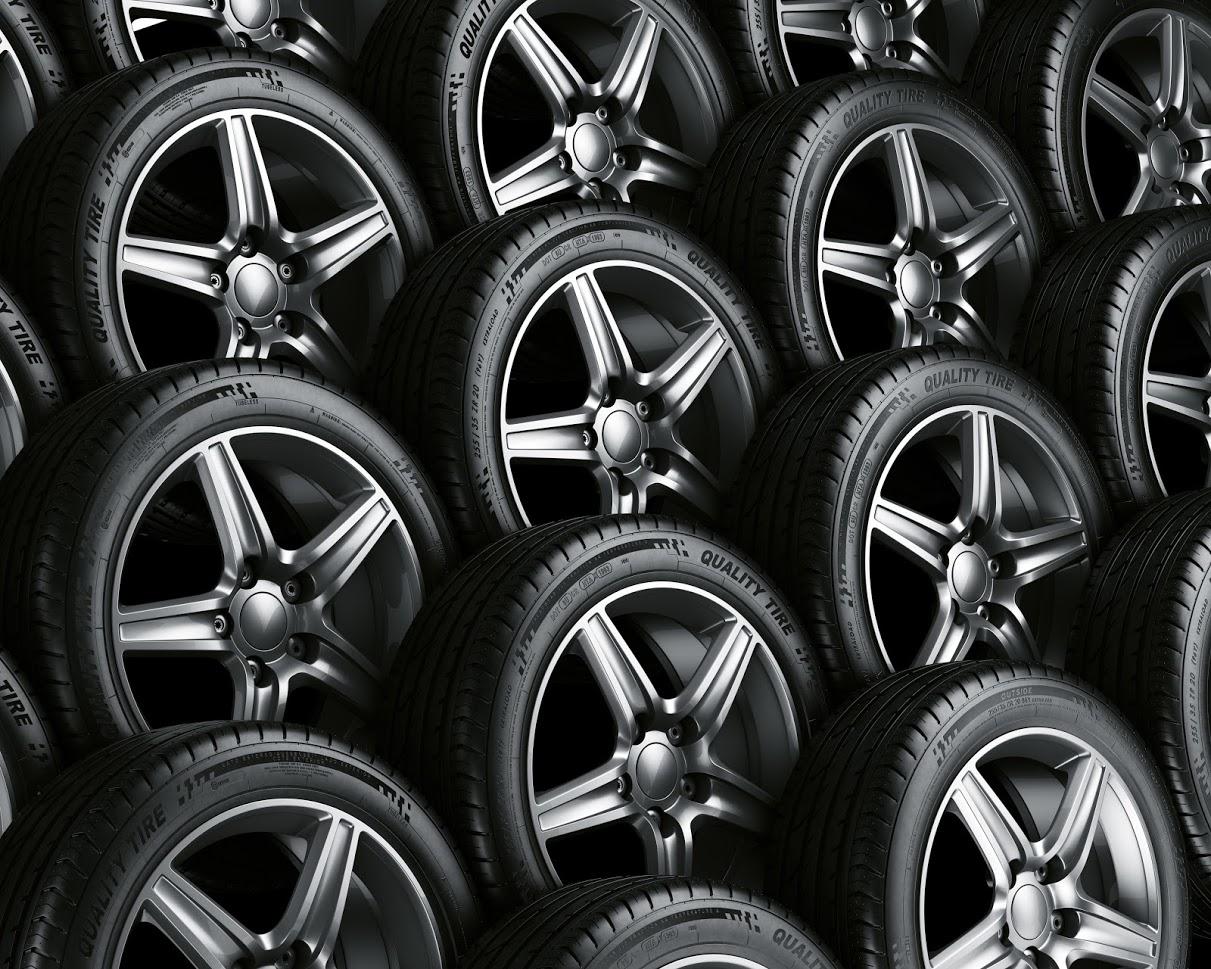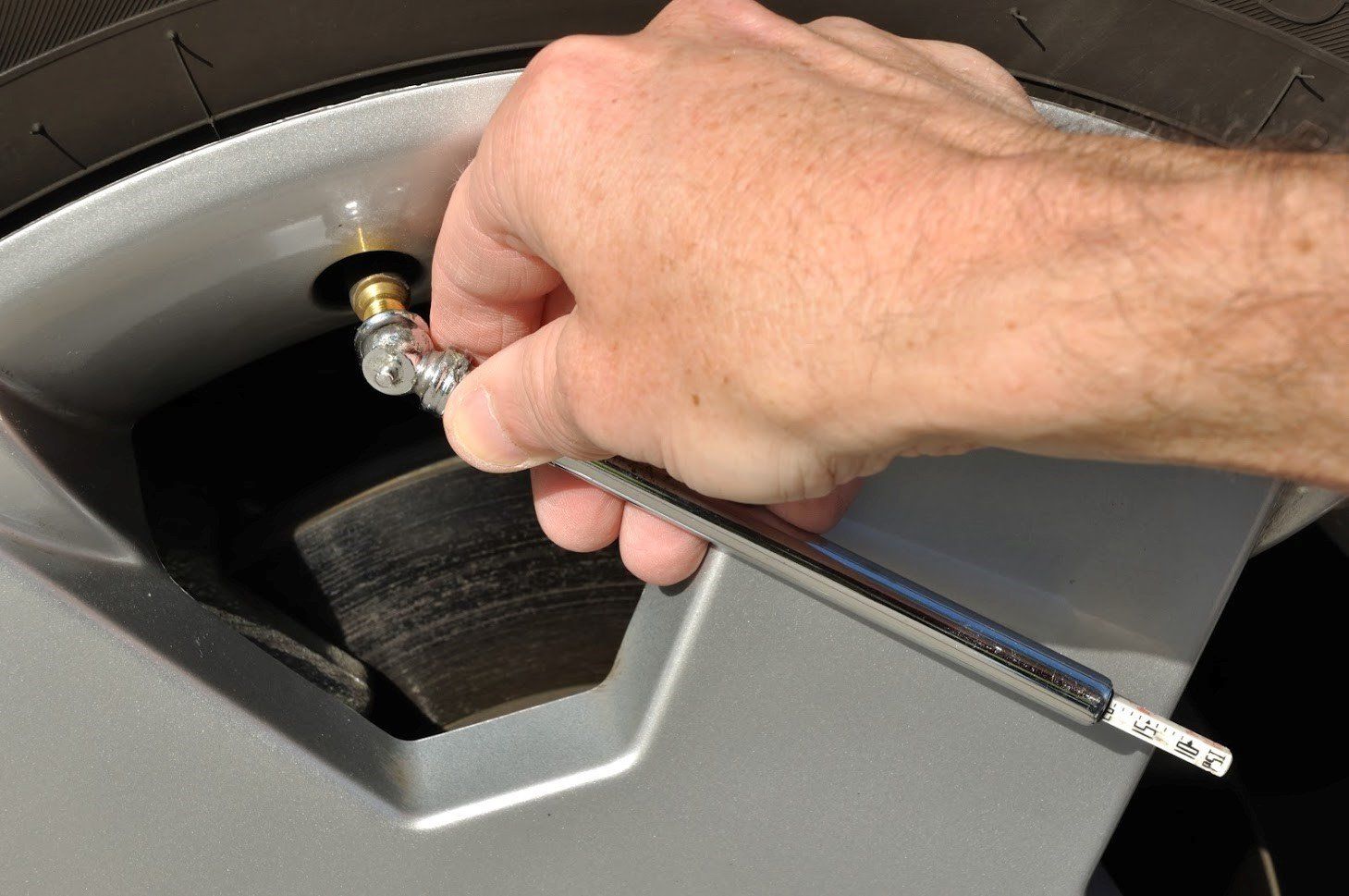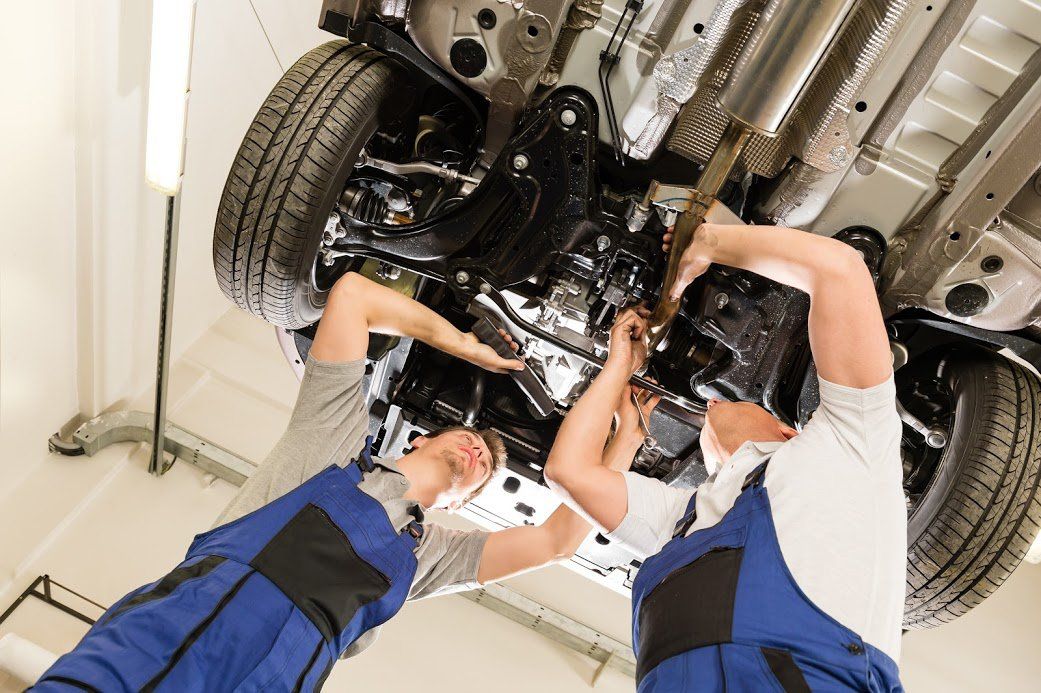3 Mechanical Causes of Brake Drag
- By Admin
- •
- 18 Dec, 2018
- •

An automobile relies on its brakes for safe and effective stopping, whether traveling at highway speeds or simply backing out of your driveway. Unfortunately, your braking system may eventually develop problems as the result of heavy use. Many such problems put you and your car at risk of danger.
One of the most frequently encountered braking issues goes by the name of brake drag. Brake drag occurs when one or more of your brakes don't fully release when you take your foot of the pedal. Brake drag may stem from a variety of underlying mechanical issues. This article takes a closer look at three common culprits.
1. Excessive Push Rod Length
The brake system in your car contains numerous components, each of which plays a distinct role in braking. One of the first components to engage goes by the name of the push rod. The push rod connects to your brake pedal, and acts to transmit force from your foot to your brakes.
More specifically, when you depress the pedal, the push rod transfers force to the master cylinder. This component then releases the hydraulic fluid necessary for braking. The length of the push rod plays a critical role in providing accurate, responsive results. If too short, your brakes won't engage as quickly as they should.
An overly long push rod, on the other hand, leads to brake drag. This excessive length prevents the master cylinder from relaxing entirely when you release the brakes. As a result, hydraulic force continues to act on your brakes, keeping them pressed against the rotors on your wheels.
Ideally, the push rod should be neither too short nor too long. Mechanics usually allow a small amount of free play. A small gap between the push rod and the master cylinder prevents brake drag, while avoiding the issue of unresponsive brakes. A mechanic can measure the exact amount of play before your brake engages, and make adjustments as necessary.
2. Faulty Caliper Piston
When you apply your brakes, your brake pads press against your wheel rotors. This contact generates friction which slows your car. Your brake pads attach to a component known as the brake caliper, which moves them against the rotor each time you press your brake pedal.
Calipers close and release according to the flow of hydraulic fluid. The caliper on each of your four wheels has its own dedicated piston, which is used to transfer hydraulic force into the mechanical movement of the caliper.
If a caliper piston develops problems, it may no longer regulate caliper movement correctly. Hydraulic fluid often escapes around a damaged piston. In that case, the caliper may not release when you take your foot off of the brake pedal. Unlike other sources of brake drag, a faulty caliper piston only creates drag in one wheel.
3. Caliper Misalignment
To prevent brake drag, a caliper must remain in correct alignment relative to the rotor. Over time, a caliper may come out of alignment. If the issue grows severe enough, one of the brake pads may remain in contact with the rotor surface at all times.
Numerous factors may play into caliper misalignment. The problem often occurs as the result of a collision. Even a relatively small bump — accidentally popping a curb, say — can bend the mounting brackets used to hold a caliper in place. Alternately, misalignment may stem from rotors or pads that have become excessively warped as the result of overheating.
A trained mechanic can quickly identify a misaligned caliper through a visual inspection of your brakes. They may also use a special tool to measure the distance between each of your brake pads and the rotor. Using this information, the technician can then re-center the caliper to provide accurate results.
For more information about what it takes to keep brake drag from negatively affecting your vehicle's performance, please contact the tire and auto repair pros at Radial Tire Service.


